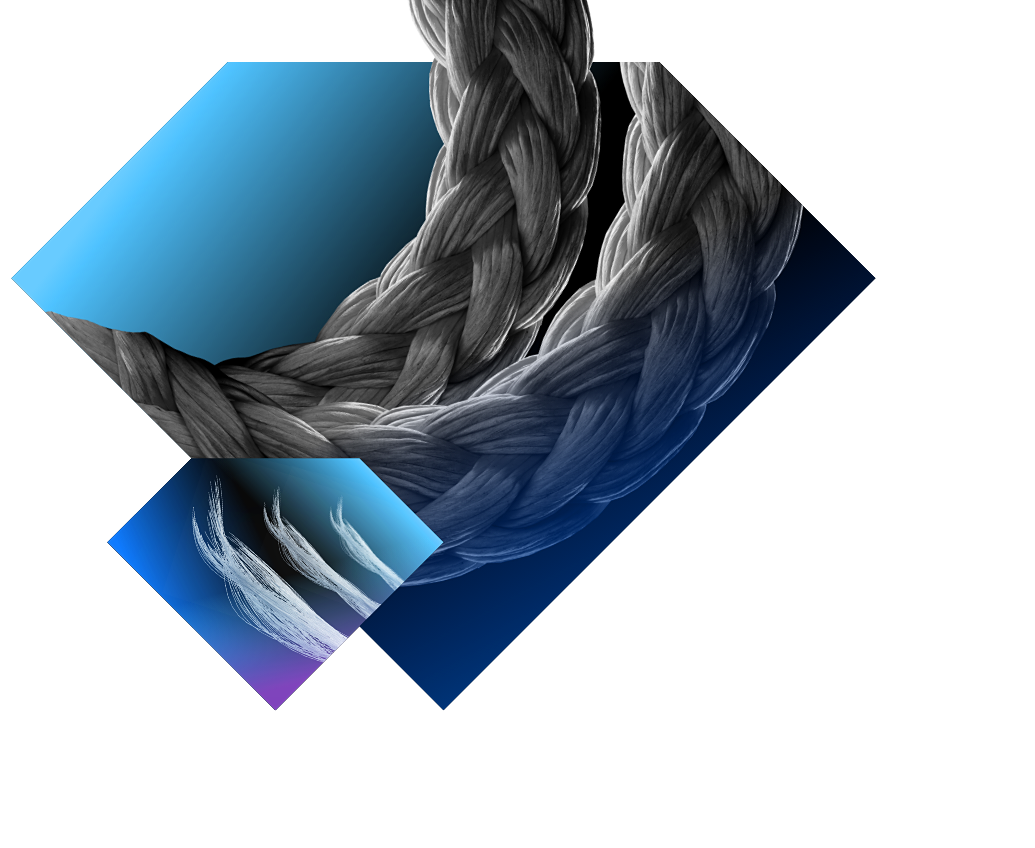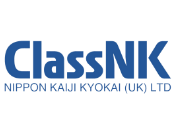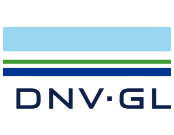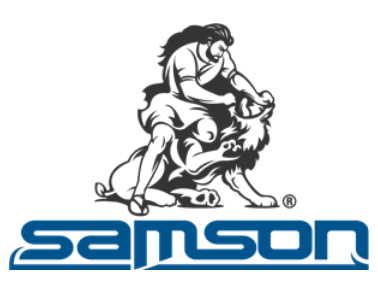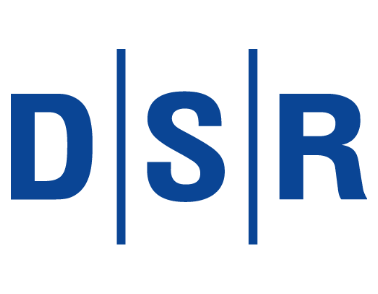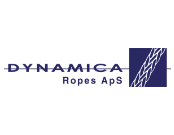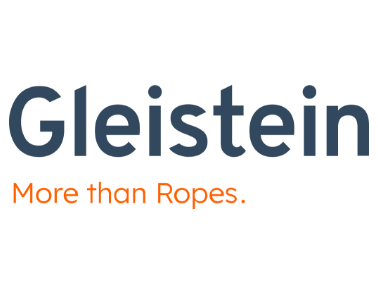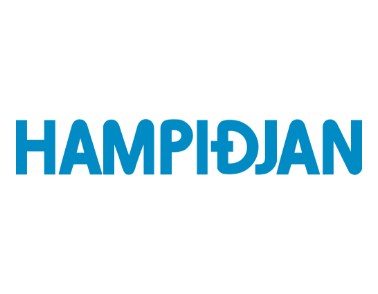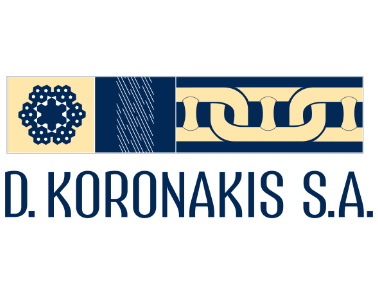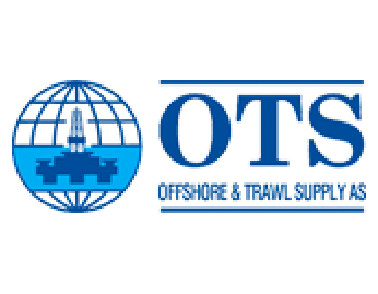When the stakes are high, count on Dyneema® SK78 fiber
In mooring, there’s no margin for error. When you’re working with ropes on the biggest vessels in the world – in extreme conditions and varied climates – safety is paramount. Reliability is non-negotiable. And durability is essential.
That’s why we’ve developed Dyneema® SK78 fiber: a specifically engineered fiber grade for mooring lines that ensure peace of mind.
Dyneema® SK78 fiber enables safe mooring for the world’s biggest vessels
MADE FOR: LNG carriers
Oil tankers
Dry bulkers
Container carriers
Cruise ships
Inland ships
Dyneema® enables STRENGTHplus+
Mooring lines and tow ropes made with Dyneema® are uniquely strong – but there’s much more to it than that. Dyneema® SK78 fiber outperforms generic HMPE and is carefully engineered to overcome the weaknesses of generic synthetic ropes for optimal rope durability.
* Compared to generic HMPE

Choosing your next mooring rope? Know your FACTs
Fatigue. Abrasion. Creep. Temperature.
Get the FACTs hereUnmatched safety and reliability
From new regulations and higher safety standards to larger vessels and faster port turnarounds, today’s shipping industry is putting mooring ropes and tow lines to the test. Top of a growing list of competing priorities? Safety and reliability. And with a 25-year record, only ropes made with Dyneema® SK78 fiber can offer the security you and your crew require.
Dyneema® is the only fiber manufacturer to test and model the performance of ropes as well as fibers – meaning we can reduce the risk of failure and increase safety and reliability performance. We’ve even helped to set the standard in safety: recognized by the Oil Companies International Marine Forum (OCIMF) for our industry-leading expertise in fiber technology, rope design, and mooring practices, we’re proud to have supported the development of its MEG4 industry standards.
For greater peace of mind
Reduced chance of failure
Superior service life
Reliability from day one
Predictable longevity
Performance-driven retirement criteria
Fewer injuries
Durability woven in
Wear and stress are inevitable for mooring lines – but our fiber is designed to last longer in even the most extreme mooring and towing conditions, whether you’re facing wind, waves, or currents. Plus, we can model the rope lifetime and accurately predict when the line should be retired.
The FACTs show that ropes containing Dyneema® SK78 fiber dramatically outperform generic HMPE lines, giving them a longer and more cost-effective service life. In short? Using Dyneema® means better mooring lines and a better bottom line.
For a long-lasting solution
Engineered for challenging conditions
Long service life
Less maintenance and replacement
Better OpEx
UV resistant
No fishhook or backlash

Low weight, high efficiency
So light that it floats on water, Dyneema® is the smart choice for mooring and tow lines. In fact, using synthetics is a clear winner in the mooring industry, given that ropes made with Dyneema® SK78 fiber are 85% lighter than steel wire rope at the same strength and similar elongation. Choosing the lightweight performance of Dyneema® means protecting your crew, vessel, and payload.
For faster, safer, smoother operations
Higher productivity and cost efficiency
Reduced need for tugs during mooring
Lower operational costs
Fewer handling personnel required
Unmatched sustainability
Industries around the world are working to tackle the sustainability challenge – and shipping is no exception. When it comes to protecting our planet, every fiber in every rope counts. That’s why we’re proud that Dyneema® delivers the lowest carbon footprint per unit strength of all high-performance fibers.
How? Upstream, 100% of the electricity used to make our fibers comes from renewable sources. Downstream, the faster mooring and reduced tug usage enabled by ropes made with Dyneema® SK78 fiber deliver a drop in mooring’s carbon footprint versus steel wire or traditional fiber rope.
And there’s more. If you’re looking for further carbon emission reductions, look no further than Dyneema® fiber from bio-circular feedstock: the world’s first-ever bio-circular HMPE fiber.
For a big impact with a small footprint
Less material use thanks to a longer service life
Dyneema® fiber from bio-circular feedstock available
Want the same high performance with a lower carbon footprint?
Discover Dyneema® fiber from sustainable raw materials
Proven product performance
Minimum breaking strength is important – but mooring lines are subject to fatigue and abrasion under a multitude of conditions. The good news is that Dyneema® SK78 fiber is engineered to be more than a match for these pressures. And with no standard tests for measuring abrasion and fatigue in mooring lines, we decided to build our own.
We’re the only manufacturer to rigorously test both the fiber and the rope – simulating real-world conditions and evaluating product performance. To do it, we’ve designed and constructed a suite of state-of-the-art testing equipment:

A history of excellence: MEG4 meets Dyneema® SK78 fiber
Our mooring specialists have a long track record of collaborating with the OCIMF on its Mooring Equipment Guidelines (MEG) and more. Today’s industry standard, MEG4, adopts a holistic view of a rope’s lifetime performance – an approach we support.
Read our case studies
Preferred. Trusted. Certified.
Dyneema® SK78 fiber is renowned the world over for its outstanding quality, consistency, and performance – as recognized by our array of third-party certifications. Contact us to find out more.
Keep in mind that the maritime supply chain is vulnerable to fake mooring certificates. You should always authenticate third-party certificates to prevent rogue suppliers from putting your crew at risk.

Contact our sales team
Whether you’re an engineer or a buyer, selecting the right mooring lines is a big decision. But don’t worry: we can help you strike the perfect balance between reliability and cost effectiveness.
- Tailor-made recommendations for your mooring assemblies
- Expert understanding of mooring conditions at a wide range of berthing environments around the world
- Unrivaled knowledge of rope performance for optimal safety
- Support with lowering installation costs for mooring systems
- Advice on regulatory compliance
Stronger together
Our premium mooring rope partners are dedicated to manufacturing strong, safe, and reliable mooring and towing lines with Dyneema® SK78 fiber – all made in accordance with MEG4, of course. Looking for extra peace of mind? Our partners are happy to offer the service and maintenance packages you need to keep your operations running smoothly and safely, day in, day out.

Where to buy
Mooring lines made with Dyneema® are available from our trusted sellers across the globe.
Find a providerDesign with Dyneema®
Do you design vessel mooring systems? Our team would love to work with you to develop your ideal performance solutions, using our Dyneema® fiber portfolio.
Our technical centers across the globe are always looking to the horizon, so we can anticipate the next big thing in the industry. Our experts engineer for the future, so we can keep delivering the next generation in innovation. And our teams can help you certify your mooring system, so you can keep your operations moving no matter where in the world you are.

